Bearded dragons, known scientifically as Pogona vitticeps, are generally docile reptiles that have become increasingly popular as pets due to their friendly nature and relatively easy care requirements. However, even these normally calm creatures can display aggressive behaviors under certain circumstances, often confusing or alarming their owners. Understanding the causes behind bearded dragon aggression is crucial for maintaining a healthy relationship with these fascinating reptiles. This article explores the various triggers of aggression in bearded dragons, how to recognize aggressive behaviors, and most importantly, how to address and prevent them in a humane and effective manner.
Understanding Normal vs. Aggressive Behavior
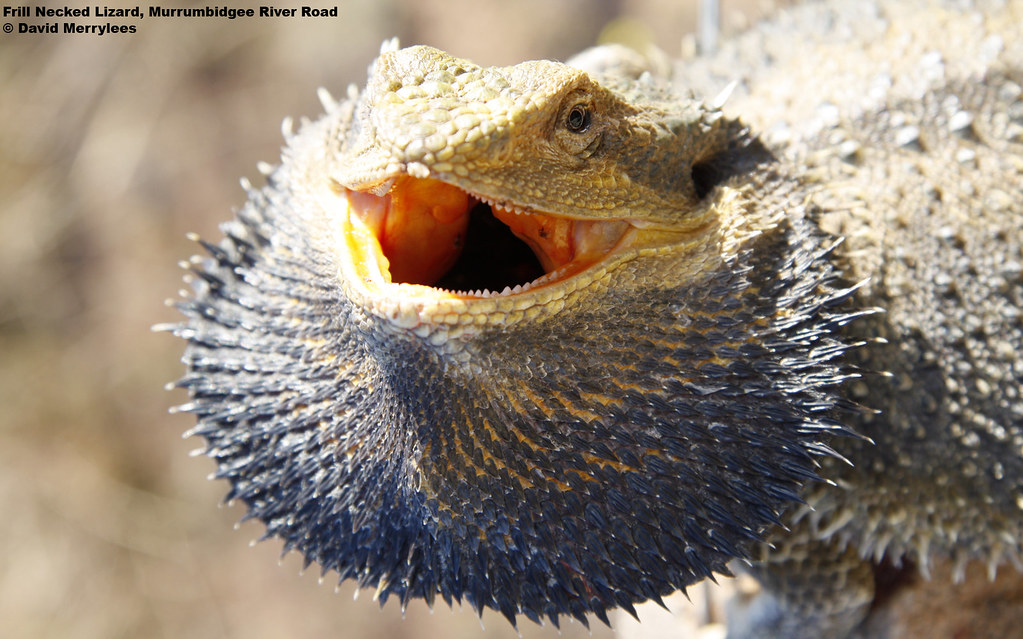
Before diving into aggressive behaviors, it’s important to distinguish between normal bearded dragon behaviors and true aggression. Bearded dragons communicate through a variety of body language signals that may appear aggressive to uninformed observers but are actually part of their natural repertoire. For instance, head bobbing is often a territorial display or mating behavior rather than a sign of aggression toward humans. Similarly, a bearded dragon may flatten its body and extend its beard as a defensive response when feeling threatened, not necessarily because it’s being aggressive. Understanding these baseline behaviors helps owners accurately identify when their pet is truly displaying problematic aggression versus engaging in normal reptilian communication.
Territorial Aggression
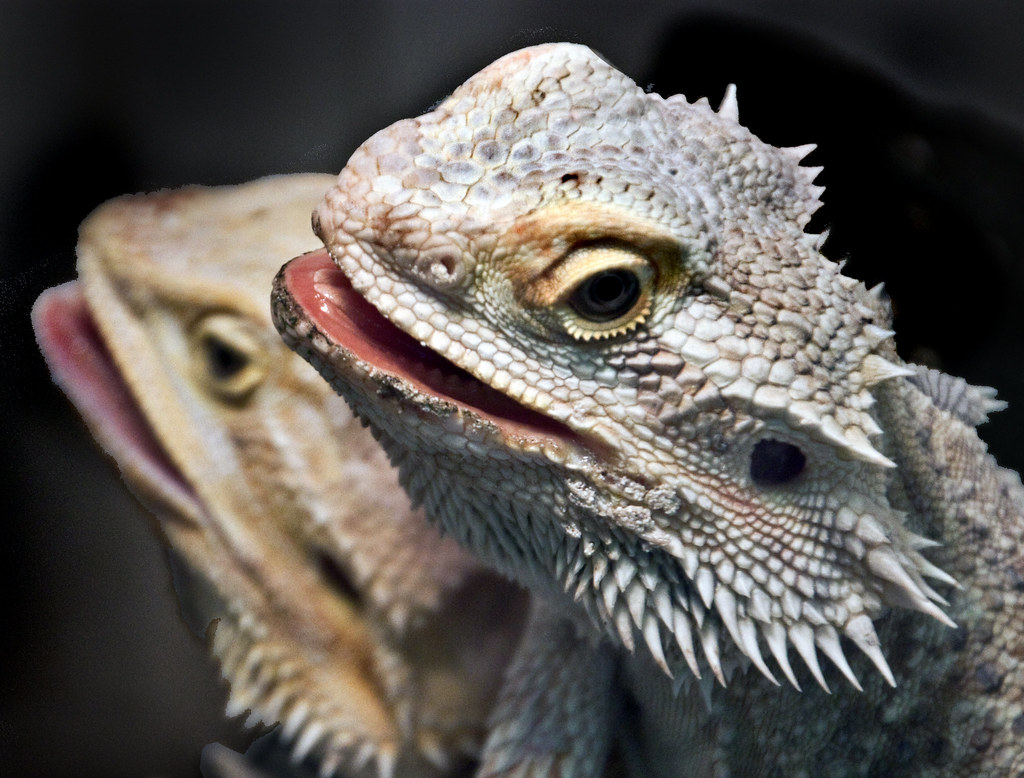
One of the most common forms of aggression in bearded dragons is territorial behavior, particularly among males. Bearded dragons are naturally solitary creatures that establish and defend their territories in the wild. When kept in captivity, they may perceive their enclosure as their territory and become aggressive toward anything they see as an intrusion. This territorial aggression often manifests as arm waving, head bobbing, beard darkening and expansion, and potentially biting. It’s particularly pronounced when multiple bearded dragons are housed together or when they can see other bearded dragons through glass enclosures. Providing adequate space and visual barriers between enclosures can help reduce territorial triggers that lead to aggressive responses.
Mating Season Aggression

During breeding season, bearded dragons experience hormonal changes that can significantly alter their behavior and temperament. Male bearded dragons, in particular, may become more aggressive as they enter breeding mode, displaying increased territorial behaviors and aggression toward handlers or other pets. Females can also show aggression when they’re gravid (carrying eggs) or if they’re being pursued by males when they’re not receptive. This seasonal aggression is often characterized by more frequent beard displays, intense head bobbing, and potential biting or lunging behaviors. Owners should be particularly mindful of handling practices during these periods and may need to adjust their interaction patterns until hormonal levels normalize.
Stress-Induced Aggression
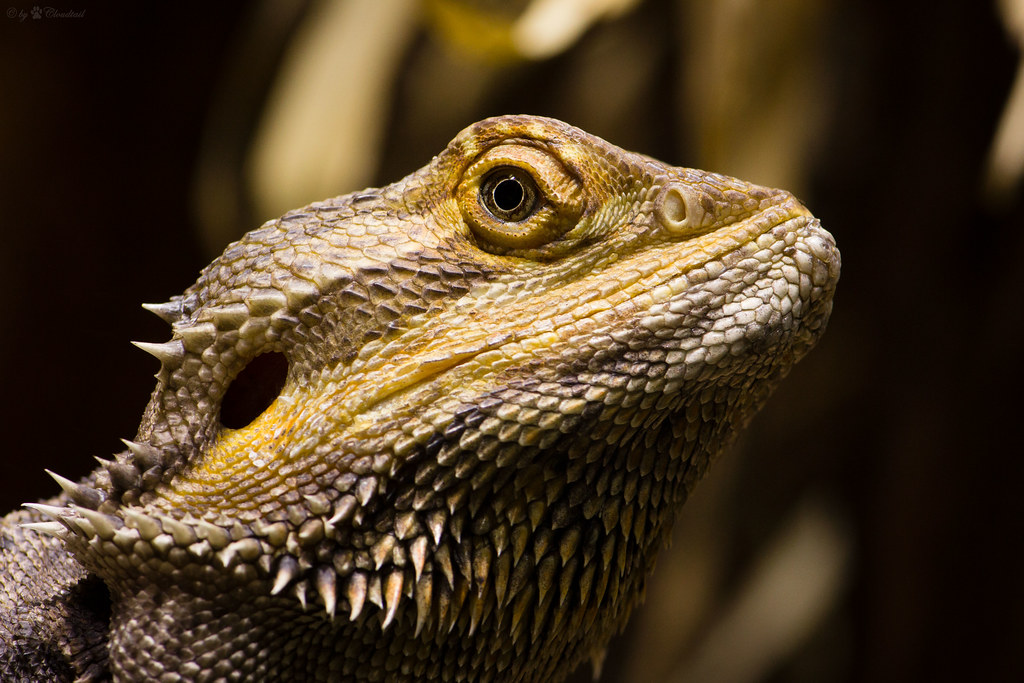
Bearded dragons are sensitive to their environment, and stress can be a significant trigger for aggressive behaviors. Stressors may include improper habitat conditions, excessive handling, loud noises, the presence of predatory pets, or insufficient hiding spots in their enclosure. A stressed bearded dragon might display aggression as a defensive mechanism when it feels threatened or unsafe. Signs of stress-induced aggression include hissing, beard puffing, tail twitching, and attempting to flee when approached. Addressing the underlying stressors by optimizing habitat conditions, establishing consistent handling routines, and providing adequate security features in the enclosure can help reduce stress-related aggressive responses.
Food Aggression
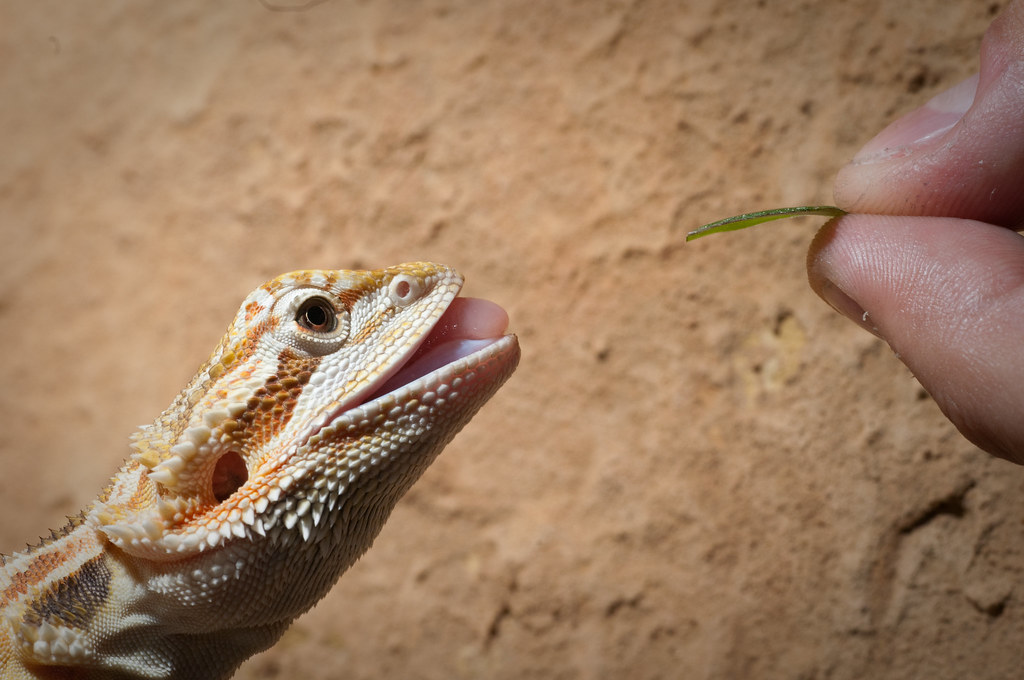
Like many animals, bearded dragons can display aggression related to feeding behaviors. This food aggression may manifest when the dragon perceives competition for resources or when it’s particularly hungry. Bearded dragons on irregular feeding schedules or those that have experienced food scarcity may become especially food aggressive, lunging at food items or even at the hand that feeds them. Some bearded dragons also become possessive of their food dishes or favorite feeding spots within their enclosure. Establishing regular feeding routines, using feeding tongs rather than fingers, and ensuring adequate nutrition can help minimize food-related aggressive behaviors in these reptiles.
Relocation Aggression
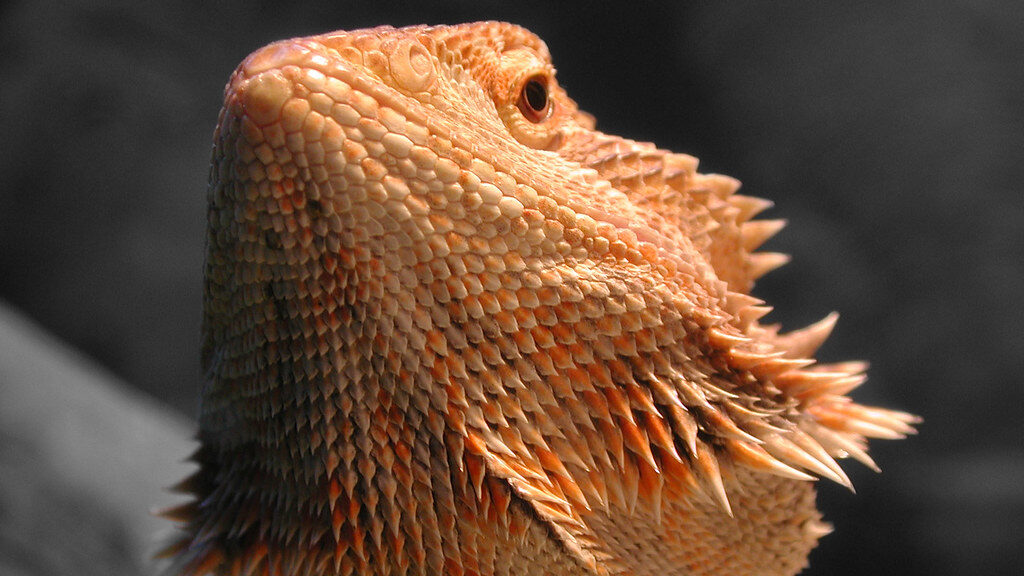
Bearded dragons often exhibit temporary aggression when introduced to a new environment, commonly known as relocation aggression. This behavioral response is triggered by the stress and uncertainty of unfamiliar surroundings as the dragon attempts to establish territory and safety in its new habitat. Newly acquired bearded dragons may display heightened defensive behaviors including beard puffing, hissing, and attempting to flee or bite when handled during their adjustment period. This type of aggression typically subsides within a few weeks as the dragon becomes accustomed to its new environment and establishes a sense of security. Minimizing handling during this transition period and providing plenty of hiding spots can help reduce relocation stress and associated aggressive behaviors.
Pain-Related Aggression
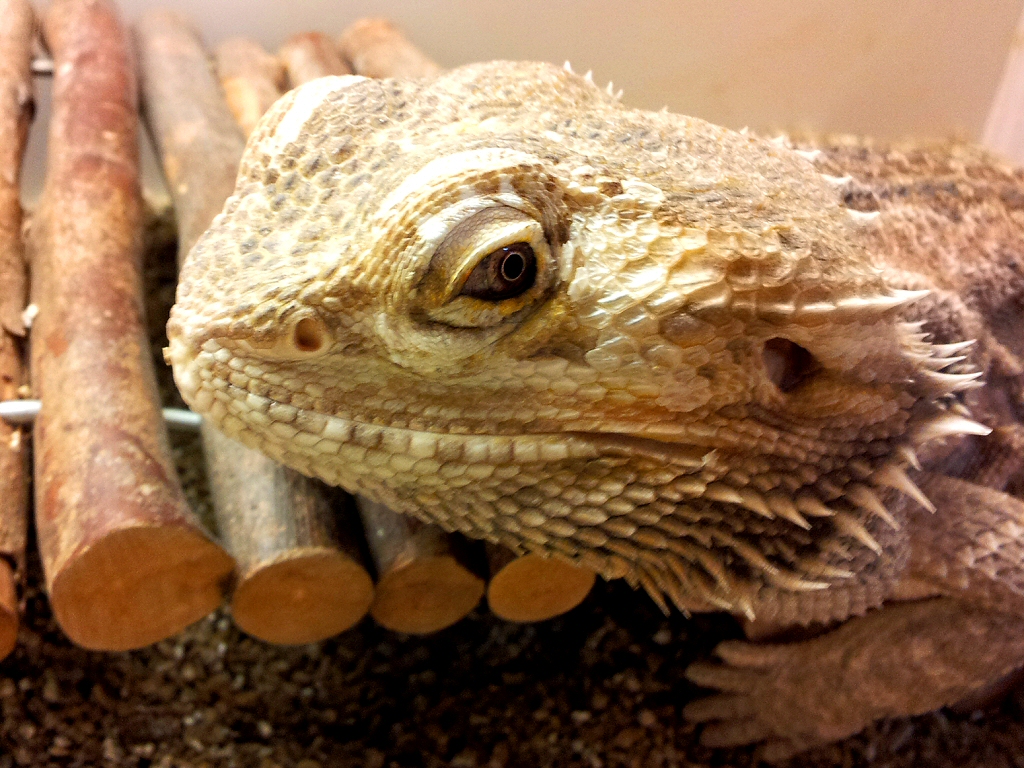
Bearded dragons, like most animals, may become aggressive when they’re experiencing pain or discomfort. Health issues such as impaction, metabolic bone disease, infections, or injuries can cause a normally docile dragon to display uncharacteristic aggression as a protective response. This pain-induced aggression often presents as sudden changes in temperament, flinching when touched in certain areas, biting when handled, or unusual posturing. An otherwise friendly bearded dragon that suddenly becomes aggressive should be examined for potential health issues. Regular veterinary check-ups with a reptile specialist can help identify and address health problems before they escalate to painful conditions that trigger aggressive responses.
Age-Related Aggression
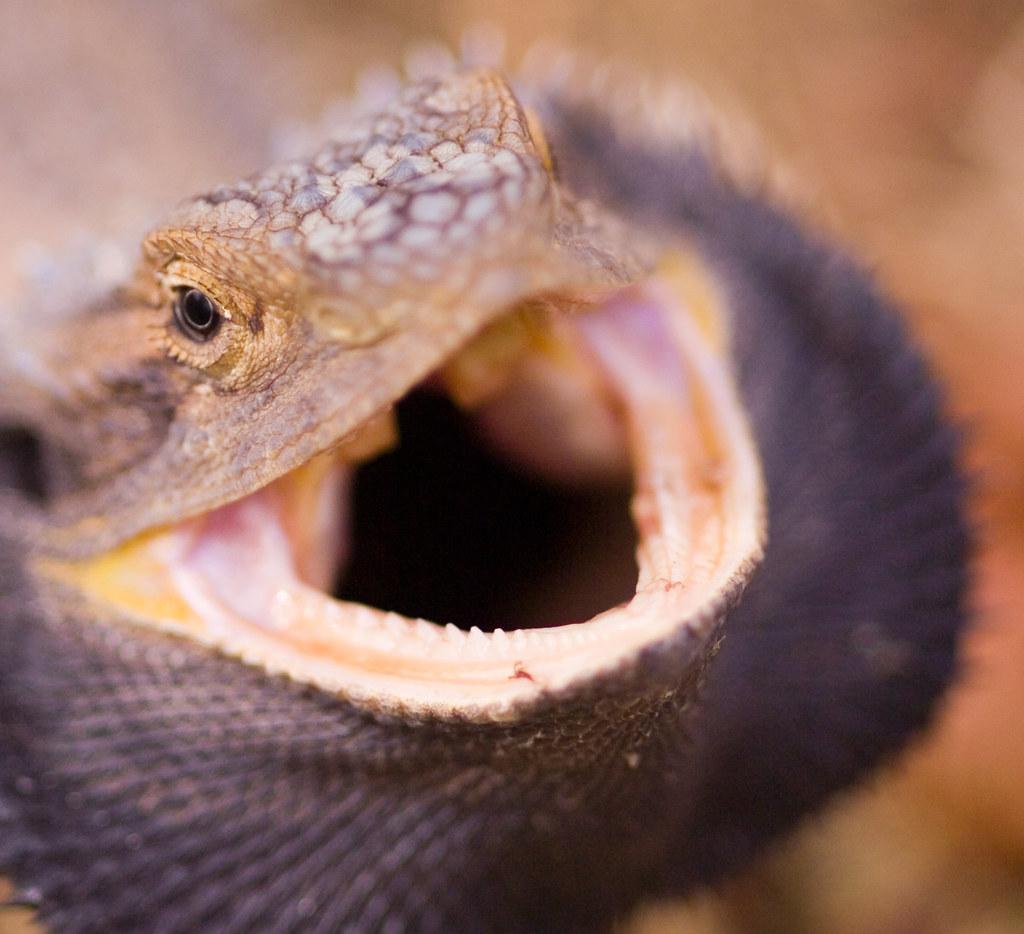
The age of a bearded dragon can significantly influence its tendency toward aggressive behaviors. Juvenile bearded dragons often display more defensive behaviors as they’re more vulnerable in the wild and are still developing their social skills. As they mature, many bearded dragons become more confident and less prone to defensive aggression. Conversely, some adult bearded dragons, particularly males, may develop increased territorial aggression as they reach sexual maturity around 1-2 years of age. Senior bearded dragons might also display increased irritability due to age-related discomfort or decreased sensory capabilities. Understanding these age-related behavioral patterns helps owners adjust their expectations and handling approaches throughout their pet’s life stages.
Color and Visual Triggers
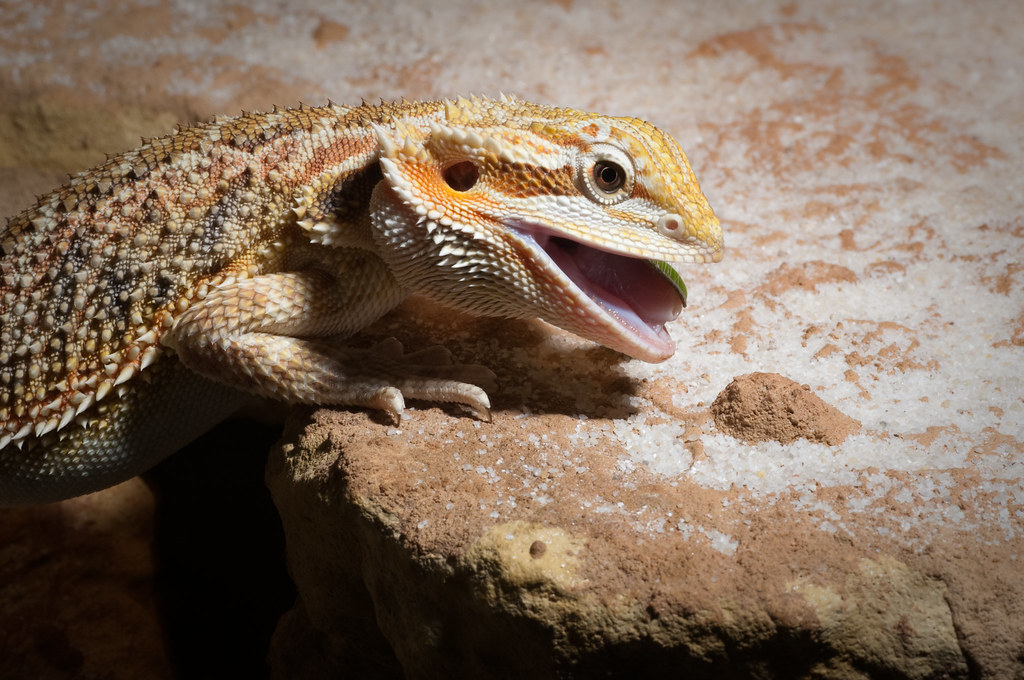
Bearded dragons possess remarkable visual acuity and may respond aggressively to certain colors or movements that they perceive as threatening. Bright colors, particularly red, can sometimes trigger defensive or aggressive responses in these reptiles as they may associate these colors with potential predators or rival dragons. Similarly, rapid hand movements near their enclosure can startle bearded dragons and elicit a defensive aggressive response. Some bearded dragons may also react negatively to their own reflection in glass enclosures, perceiving it as another dragon invading their territory. Being mindful of wearing neutral-colored clothing when handling, moving slowly around the enclosure, and providing visual barriers to prevent reflection issues can minimize these visually-triggered aggressive behaviors.
Handling-Induced Aggression

Improper handling techniques can be a significant trigger for aggression in bearded dragons. Approaching from above, which mimics how predators would attack in the wild, can cause bearded dragons to feel threatened and respond defensively. Similarly, restraining them too firmly or handling them when they’re clearly displaying signs of stress can escalate to aggressive behaviors like biting. Bearded dragons that have experienced rough handling or negative interactions with humans in the past may develop persistent handling-related aggression as a protective mechanism. Establishing trust through proper handling techniques—approaching from the side, supporting their entire body, and respecting their body language cues—is essential for preventing handling-induced aggression and building a positive relationship with these reptiles.
Temperature-Related Aggression
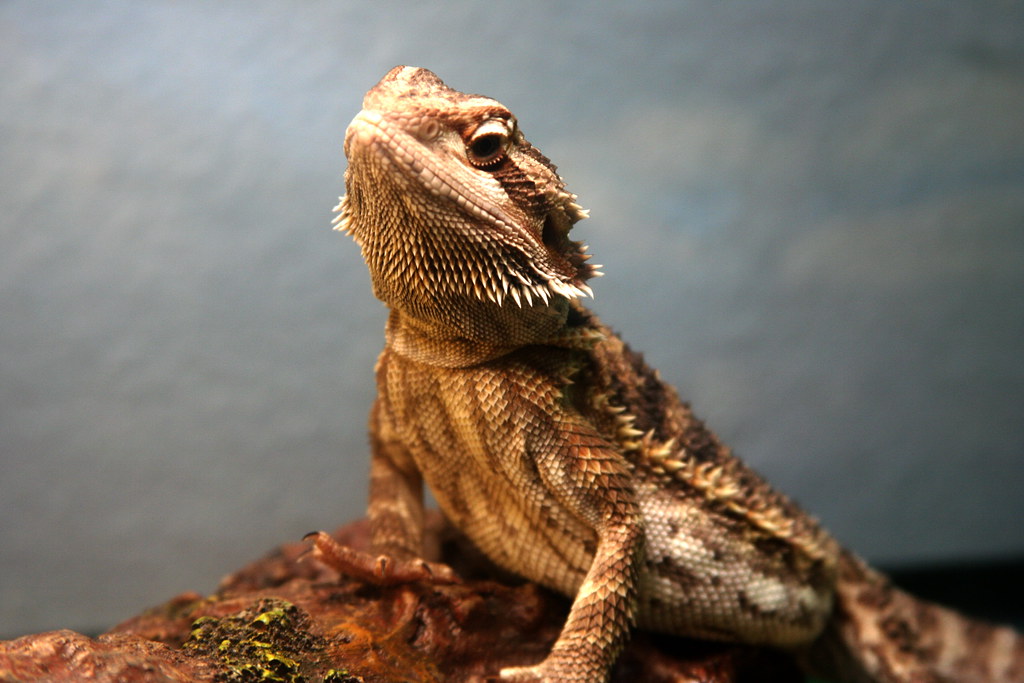
Bearded dragons are ectothermic animals that rely on external heat sources to regulate their body temperature, and improper temperature gradients in their enclosure can lead to behavioral issues including aggression. When a bearded dragon is too cold, it may become sluggish and irritable, potentially snapping or biting when handled as it lacks the energy to display more subtle warning signs. Conversely, if the enclosure is too hot without proper cooling zones, the dragon may become stressed and aggressive due to overheating. Maintaining appropriate temperature gradients—with a basking spot of 95-105°F (35-40°C) and a cooler end around 75-85°F (24-29°C)—is crucial for proper thermoregulation and temperament regulation. Regular monitoring with reliable thermometers helps ensure optimal temperature conditions that minimize temperature-related aggression.
Effective Responses to Aggression
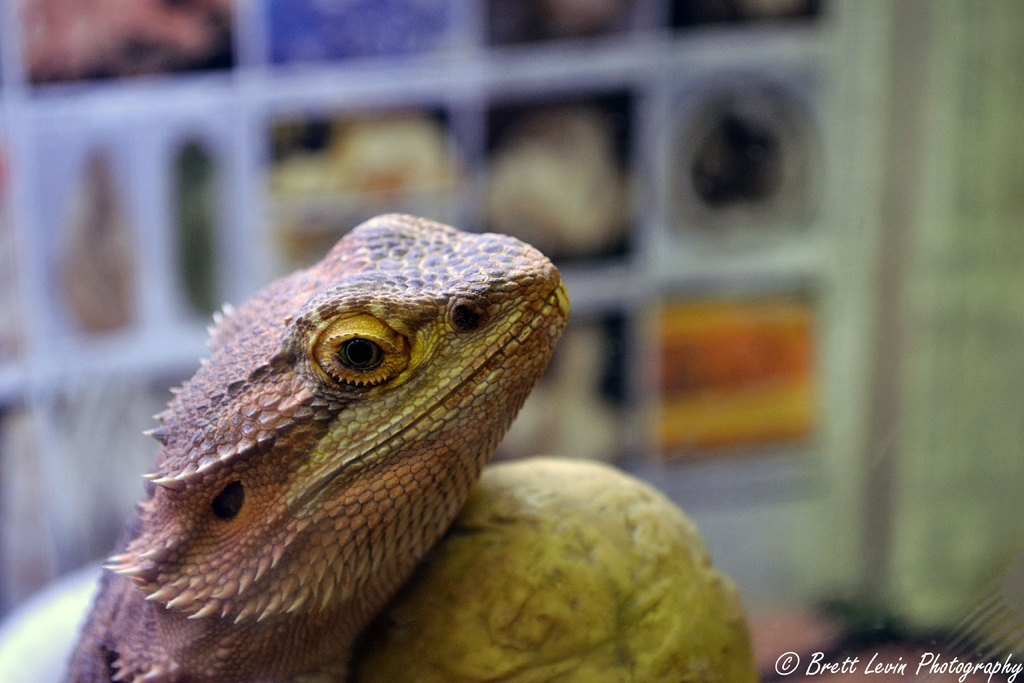
When faced with an aggressive bearded dragon, the handler’s response can either escalate or defuse the situation. The most effective immediate response is to give the dragon space and time to calm down rather than forcing interaction. For persistent aggression issues, a technique called “target training” can be beneficial—using a target stick to guide the dragon’s movements and reward calm behavior with treats. Consistency in handling approaches is crucial; all family members should use the same techniques to avoid confusing the dragon. Some owners find success with “scent training,” where they place a worn t-shirt in the enclosure to help the dragon become familiar with their scent. Above all, patience is essential—rehabilitating an aggressive bearded dragon takes time and consistent positive reinforcement to build trust and override negative behavioral patterns.
Prevention Strategies
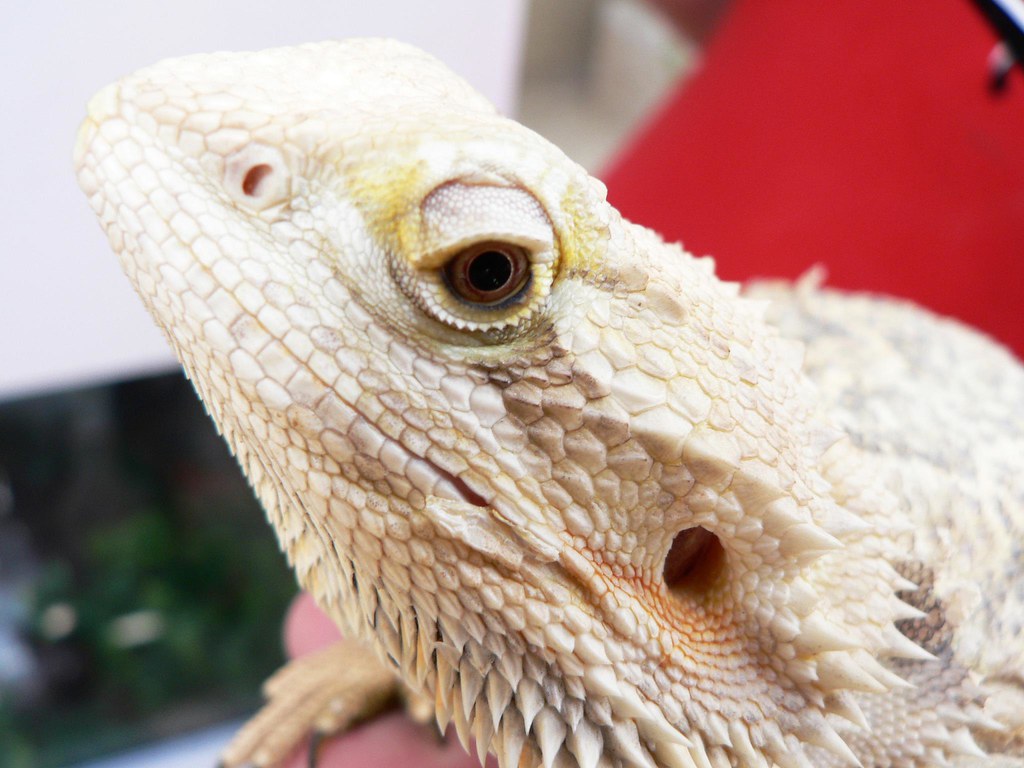
Preventing aggression in bearded dragons is far easier than addressing established aggressive behaviors. Creating an optimal habitat with proper lighting, temperature gradients, and enrichment opportunities helps prevent stress-related aggression. Socialization from a young age, with gentle and consistent handling techniques, helps bearded dragons develop comfort with human interaction. For multi-dragon households, providing adequate space and separate enclosures for each dragon prevents territorial conflicts. Establishing consistent feeding routines using feeding tongs rather than fingers can prevent food aggression from developing. Regular health check-ups with a reptile veterinarian help catch and address potential health issues before they cause pain-related aggression. These preventative measures create an environment where bearded dragons can feel secure and comfortable, significantly reducing the likelihood of aggressive behaviors developing.
When to Seek Professional Help
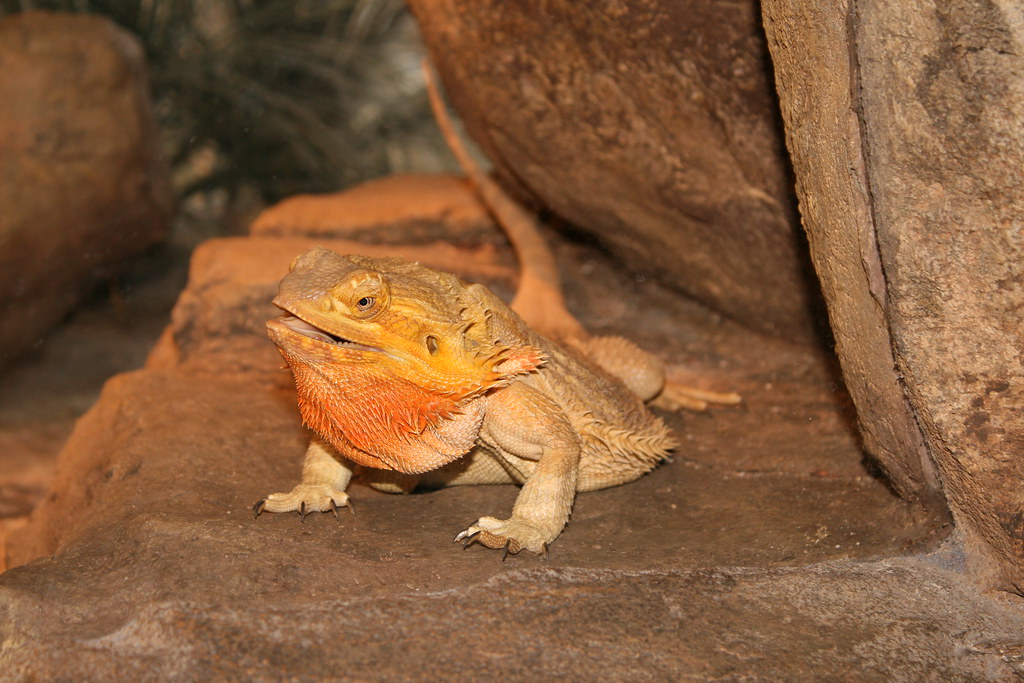
While many cases of bearded dragon aggression can be addressed through environmental modifications and consistent handling practices, some situations warrant professional intervention. Persistent aggression that doesn’t improve with standard management techniques may indicate underlying health issues requiring veterinary attention. Sudden onset of aggressive behavior in a previously docile dragon is particularly concerning and should prompt a veterinary examination. For behavioral issues not related to health, consulting with a reptile behaviorist can provide specialized strategies tailored to the individual dragon’s needs. In rescue situations involving severely aggressive dragons with potential trauma histories, professional guidance is essential for safe rehabilitation. Remember that seeking help is not an admission of failure but rather a responsible step toward ensuring the best quality of life for your bearded dragon.
Understanding the complex factors that contribute to bearded dragon aggression allows owners to address these behaviors effectively and compassionately. By recognizing the underlying causes—whether territorial instincts, stress, health issues, or environmental factors—owners can implement targeted strategies to minimize aggressive tendencies and foster positive relationships with these fascinating reptiles. With patience, consistency, and appropriate environmental management, even dragons with aggressive tendencies can become wonderful companions. Remember that each bearded dragon has a unique personality and history that shapes its behavioral patterns, requiring individualized approaches to behavioral management for optimal results.







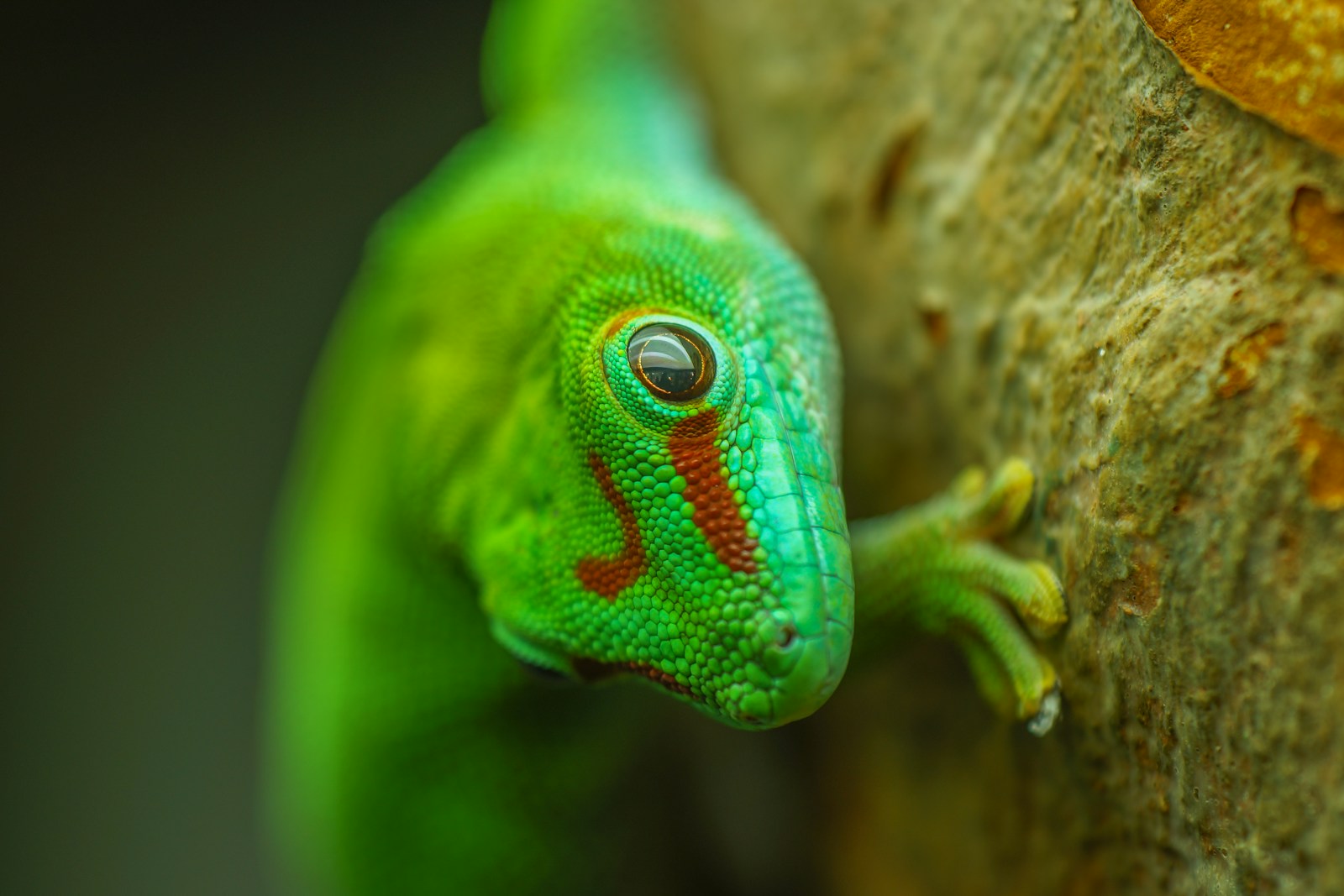
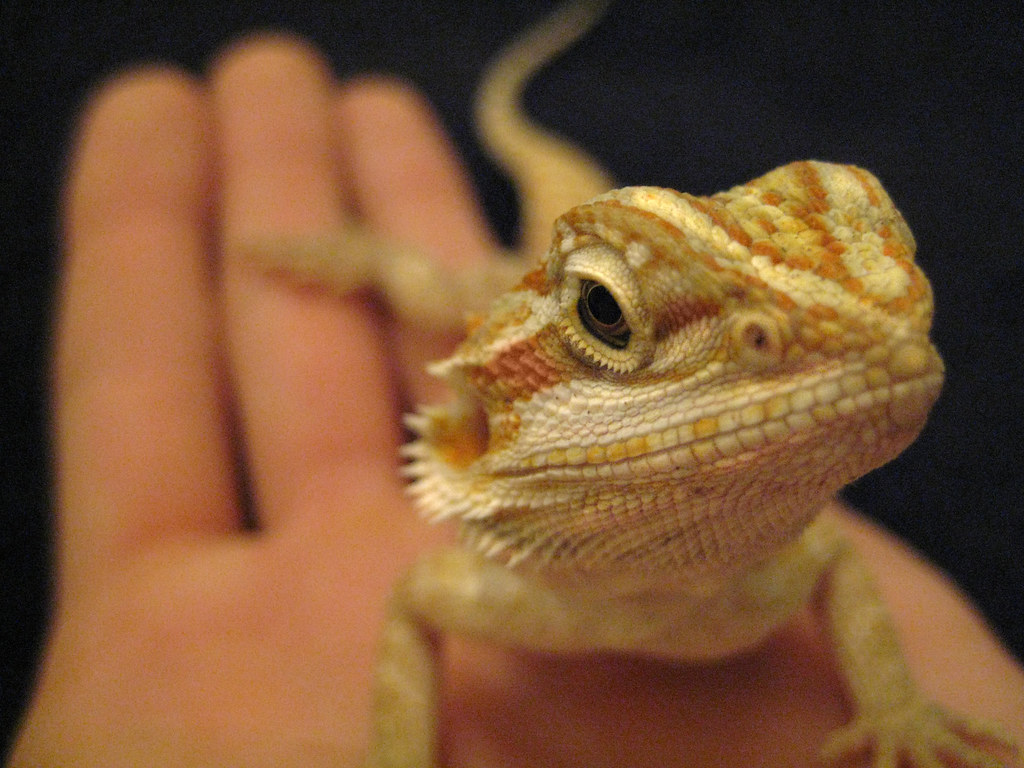


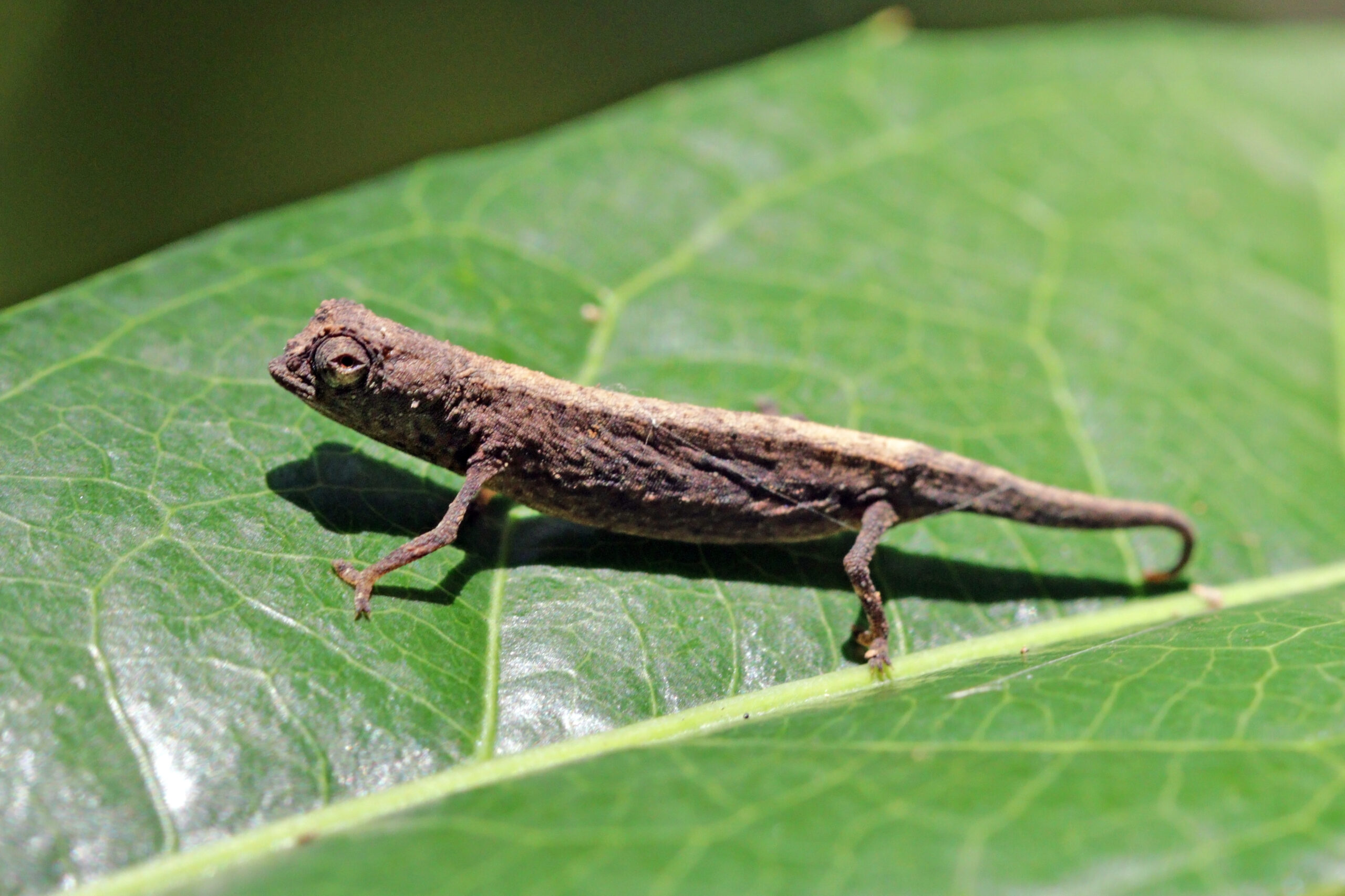




Leave a Reply